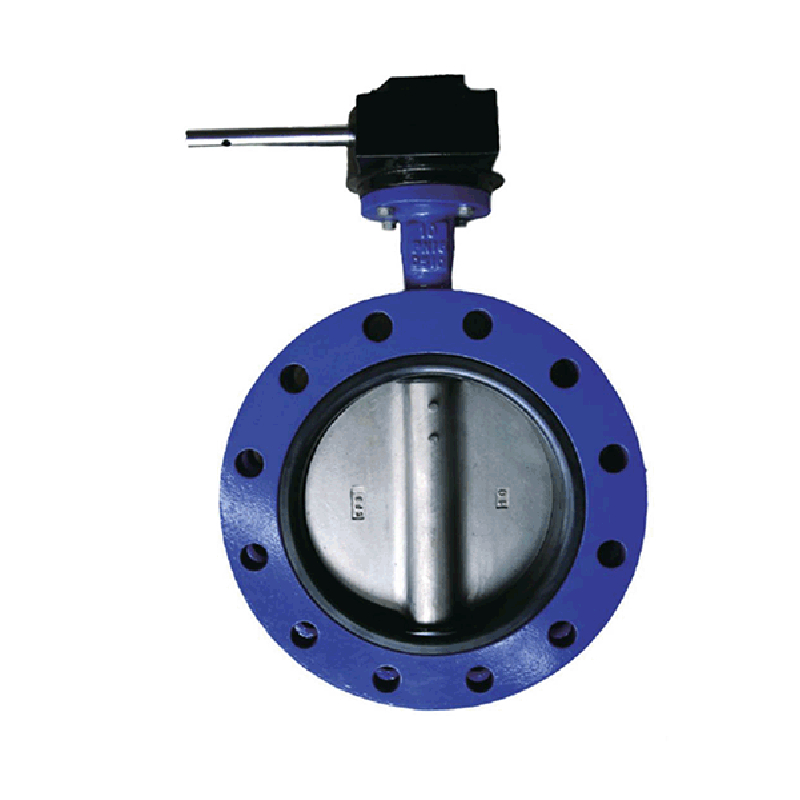دېكابىر . 07, 2024 11:59 Back to list
water swing check valve
Understanding Water Swing Check Valves
Water swing check valves are crucial components in various fluid control systems, specifically designed to prevent backflow and ensure unidirectional flow in pipelines. These valves work on a simple principle; they utilize a disc that swings on a hinge to allow flow in one direction while blocking it in the opposite direction. This article explores the mechanics, applications, advantages, and considerations when using water swing check valves.
How Water Swing Check Valves Work
The design of a water swing check valve consists of two main parts the body and the disc. The body is the main component that houses the flow path, while the disc acts as a sealing element. When fluid flows through the valve in the designated direction, the increased pressure pushes the disc away from the seat (the area of the valve where the disc seals against). When the fluid flow reverses or ceases, the disc swings back to its closed position, making contact with the seat and preventing any backflow.
The 'swing' mechanism allows for minimal pressure drop across the valve, which is essential in maintaining system efficiency. Unlike other types of check valves, such as lift check valves, swing check valves are less susceptible to the effects of pressure fluctuations. This stability is one of the primary reasons they are widely used in applications that handle water and other fluids.
Applications of Water Swing Check Valves
Water swing check valves find applications in various industries, including
1. Water Treatment Plants They are often used to prevent backflow in pipelines, thus protecting the quality of treated water. 2. Irrigation Systems These valves help maintain a consistent flow of water, ensuring that the irrigation systems function effectively. 3. Fire Protection Systems In fire sprinkler systems, swing check valves prevent the reverse flow of water, ensuring that the system is always primed and ready for use. 4. HVAC Systems They are used in heating, ventilation, and air conditioning systems to maintain airflow direction and prevent fluid from flowing back into lines.
water swing check valve

Advantages of Water Swing Check Valves
One of the most notable advantages of water swing check valves is their efficiency. They typically feature a low-pressure drop compared to other valve types, which means they can maintain the pressure in the system without significant energy loss. Additionally, the simple design allows for relatively easy installation and maintenance.
Moreover, swing check valves are robust and can withstand various pressures and temperatures, making them suitable for different applications. Their durability means they have a longer lifespan, reducing the need for frequent replacements.
Considerations When Using Water Swing Check Valves
While water swing check valves have numerous benefits, there are some considerations to keep in mind. For instance, they should be installed in a position where their swing path is not obstructed. Failure to do so can lead to damage or malfunction. Furthermore, they are not suitable for all applications; in systems with highly variable pressures or turbulent flow, other types of check valves may be more appropriate.
It’s also essential to select the right size and material for the valve based on the specific application. Factors such as fluid type, temperature, and pressure can influence the valve's performance. Neglecting these factors can result in inefficiency or premature wear.
Conclusion
Water swing check valves play a critical role in ensuring the efficient flow of fluids in various applications. Their reliable design and robust construction make them a preferred choice for preventing backflow in water systems. However, proper installation and selection are key to maximizing their effectiveness. Understanding the fundamentals of these valves can help prevent costly issues and ensure the longevity of fluid control systems.
Share
-
Reliable Wafer Type Butterfly Valves for Every IndustryNewsJul.25,2025
-
Reliable Flow Control Begins with the Right Ball Check ValveNewsJul.25,2025
-
Precision Flow Control Starts with Quality ValvesNewsJul.25,2025
-
Industrial Flow Control ReliabilityNewsJul.25,2025
-
Engineered for Efficiency Gate Valves That Power Industrial PerformanceNewsJul.25,2025
-
Empowering Infrastructure Through Quality ManufacturingNewsJul.25,2025